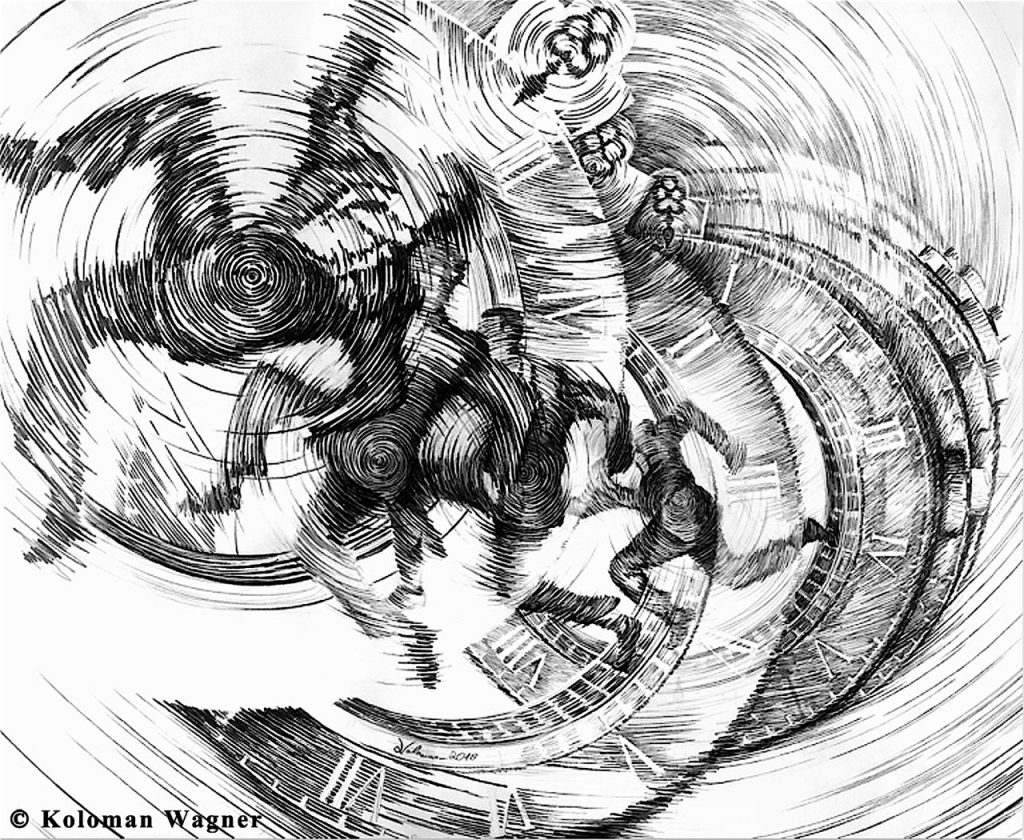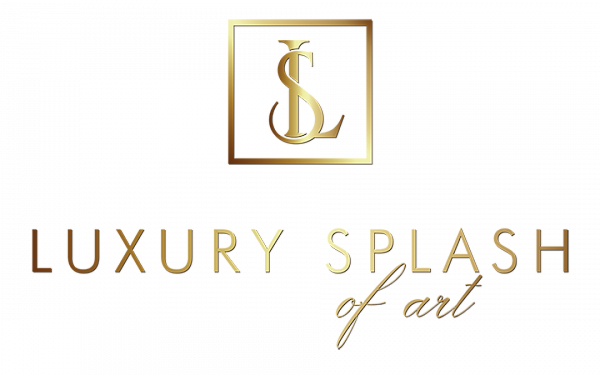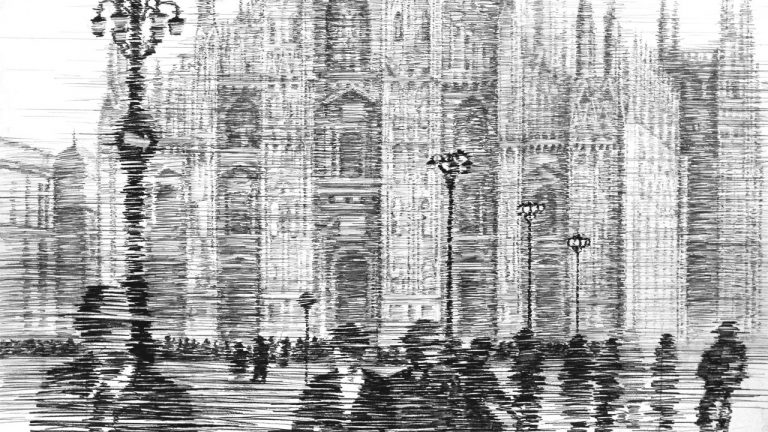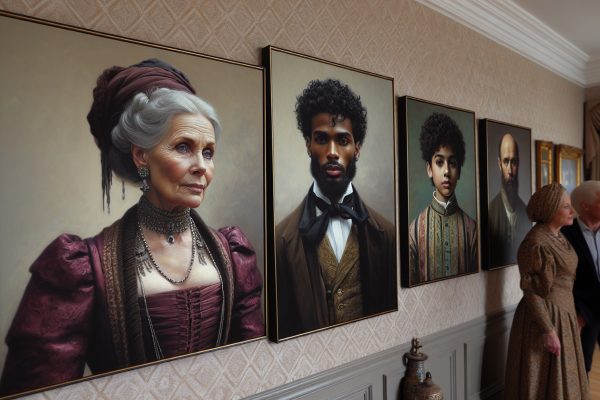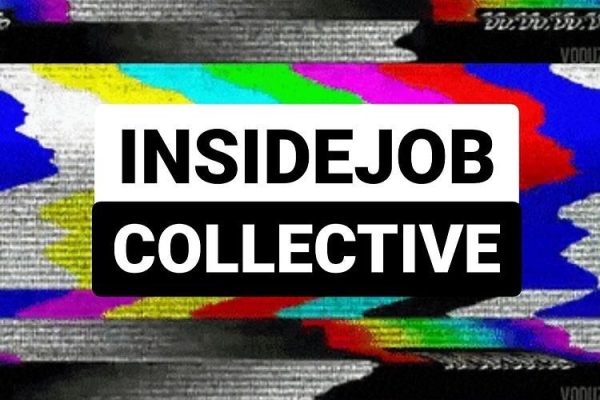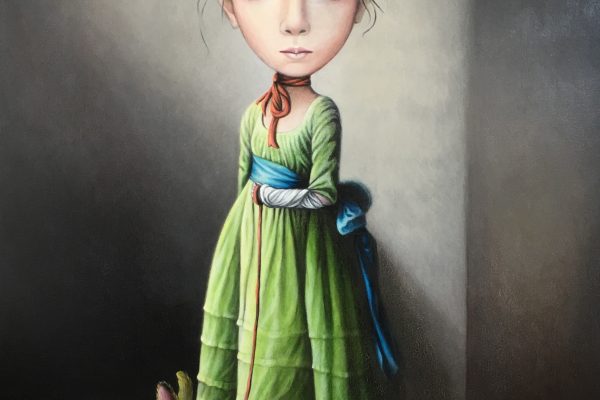Koloman Wagner – German visual artist, research assistant and doctorate at the Institute for Experimental and Applied Physics at the University of Regensburg. He is talking about what he learned from art and how it fundamentally changed his attitude to science.
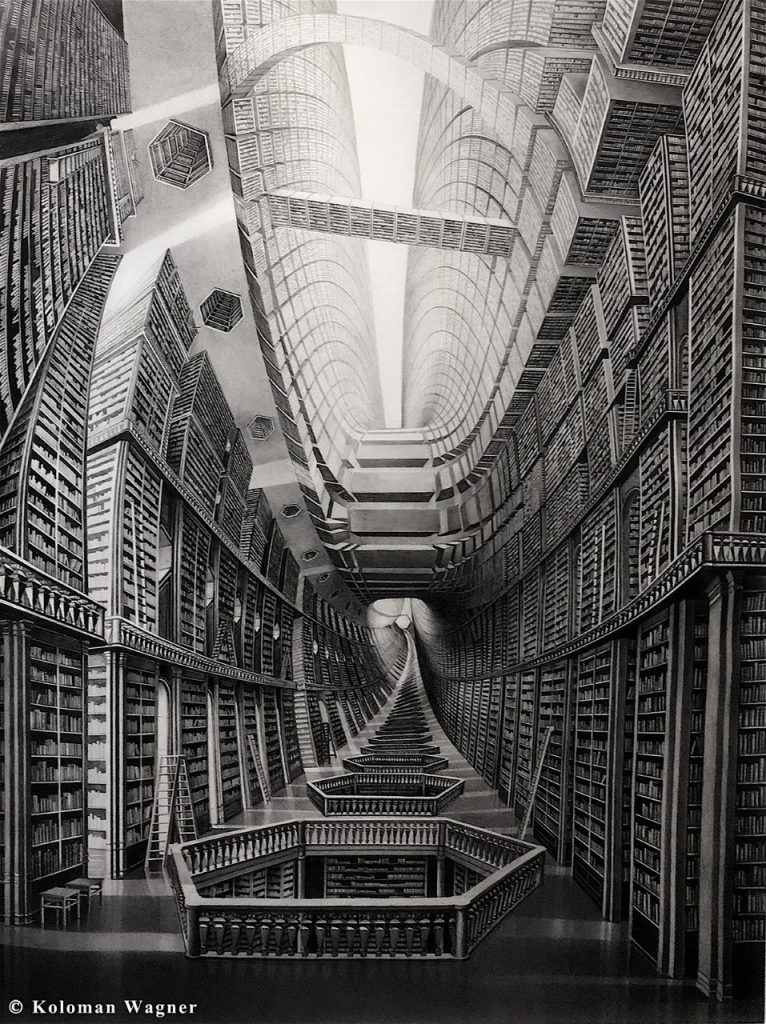
What holds our world together at its core and why was the universe created? What is “reality”?
My interest in the principles that determine our world and thus our lives led me to the decision to study physics after my first experiences in fine arts. I hoped to find an answer to these questions or at least to get closer to an answer. But what I learned from five years of study was above all the fact that natural sciences do not provide truths, but descriptions of the measurable world invented by humans. For me, physics could not provide satisfactory answers to the questions I have just mentioned. Even more, I realized that my initial questions are irrelevant, even meaningless in science. I learned to understand and appreciate that research pursues other questions.
The concepts which we learn from natural sciences today are a snapshot of a long and complex history of cleverly linked metaphors to describe the world we experience. In an evolutionary process, idea after idea has developed new theories and entire worldviews. These ideas have had to prove themselves in protracted controversies. New experiments often led to new contradictions. Established theories had to be discarded until one day they might be taken up again. This means, theories, models and perceptions are dynamic and always in change. Our ideas about forces, atoms and the universe are neither complete nor free of contradictions. They have been invented by humans and serve to describe and quantify the measurable world in a purposeful way. Theories of natural science do not provide truths of the experiential world nor do they claim to be real. Their truths are always limited to the theories. In other words: scientists goal is not to fathom truths!
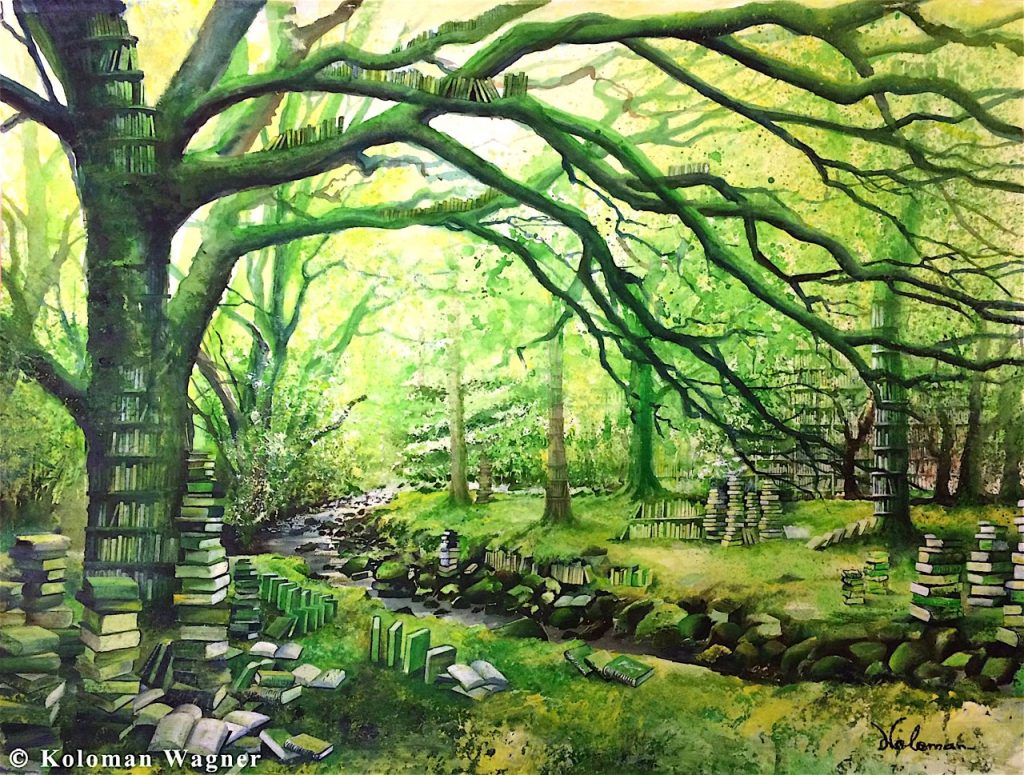
Today, theories are not judged by their truthfulness but by their usefulness. The same applies to rational thinking as such. Reason has been established as a means to an end. Rational thinking is no longer an end in itself but a tool. What philosophers like Theodor Adorno and Max Horkheimer call Instrumental Reason has become everyday life. The power of research and technology is obvious but we need to keep in mind that it does not provide a fully consistent readymade worldview. The success of technology does not universally justify the underlying theories. In a very extreme scenario, theories could be arbitrary as long as they are suitable, as long as they follow a path leading towards practical developments. This conceptual change has been attained during the last century and strongly supported by achievements in modern logic. Kurt Gödel, one of its most important representatives, would emphasize this in an even stronger statement: any wholistic worldview is necessarily contradictory.
At this point art comes into play. Different from our spoken and written language art provides a much more subjective language. By means of art I can contextualize emotional experiences which I cannot contextualize by means of rationalized language. Art opens the possibility to internalize my individual interpretation largely detached from deductive elements. Art allows me to combine the spirit of my everyday life with all the stunning achievements in technology and science. In this context, art and science are complementary and can form a symbiosis. In the end, no single theory can provide a wholistic worldview, nor a universal formula. But by combining science and art, I can achieve this. Art is a language which connects the objective with the subjective, generalities with individuality and the empirical with the experienced world. The other way around, being a scientist, I strongly get inspired by worldviews, by how artists interpret research and the empirical world. There is a striking definition by the biographer Emil Ludwig: “Task of the artist is to create a whole from the results of the researcher”. From this follows an even much stronger conclusion: not scientists but artists create worldviews. I don’t want to say that somebody who works as a researcher does not create worldviews, but I would like to say that it is the artist in ourselves who creates worldviews. And at the latest from Joseph Beuys we know: everybody is an artist.
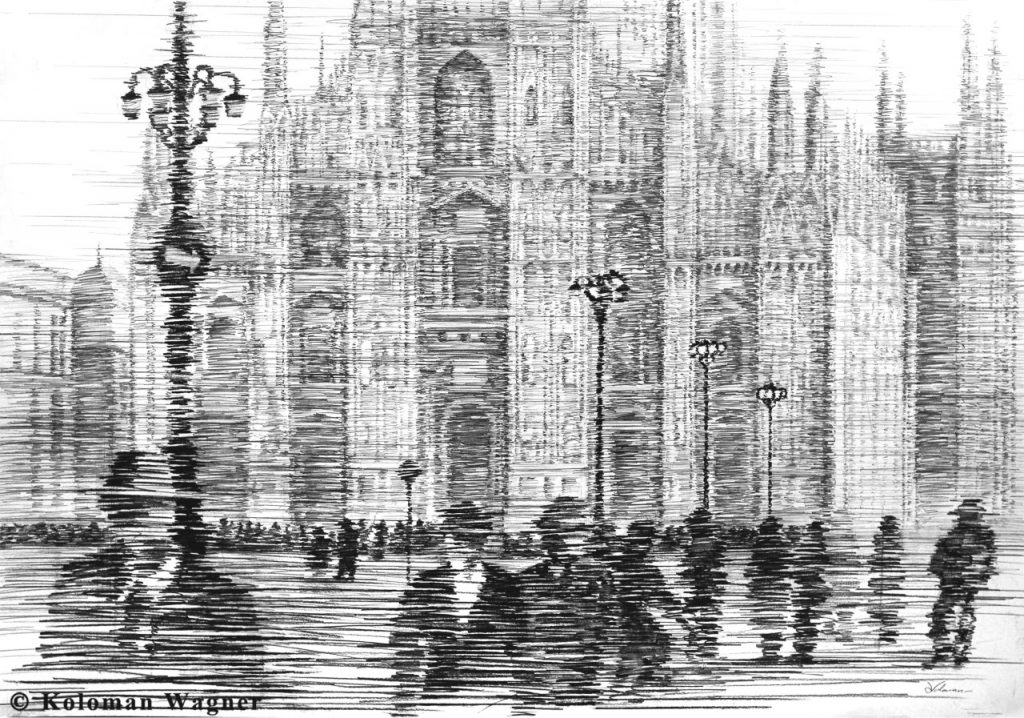
Today, we live in a society in which technology increasingly determines our everyday life. However, we must not make the mistake to completely give away the interpretation of underlying scientific discoveries and theories to a small minority. Worldviews cannot be general. An absolute worldview, as we experienced in the Middle Ages through the Church, would lead to hegemony and in the worst case to a dictatorship of an arbitrary dogma. But worldviews are dynamic and versatile. They connect my subjectively experienced world with objective facts. The creation of worldviews is something that every one of us must take into his or her consideration and we must become aware of the self-responsibility which goes along with it. We all have the duty to create our own worldview. In the language of Beuys one could say: everybody is not just an artist, but everybody has even the duty to be an artist in order to create his or her own worldview.
facebook: www.facebook.com/art.koloman
instagram: www.instagram.com/art.koloman
homepage: www.kolomanwagner.de
If you are interested in getting in touch with the management of Koloman Wagner please email: aldoevents@gmx.de
Story by Koloman Wagner
